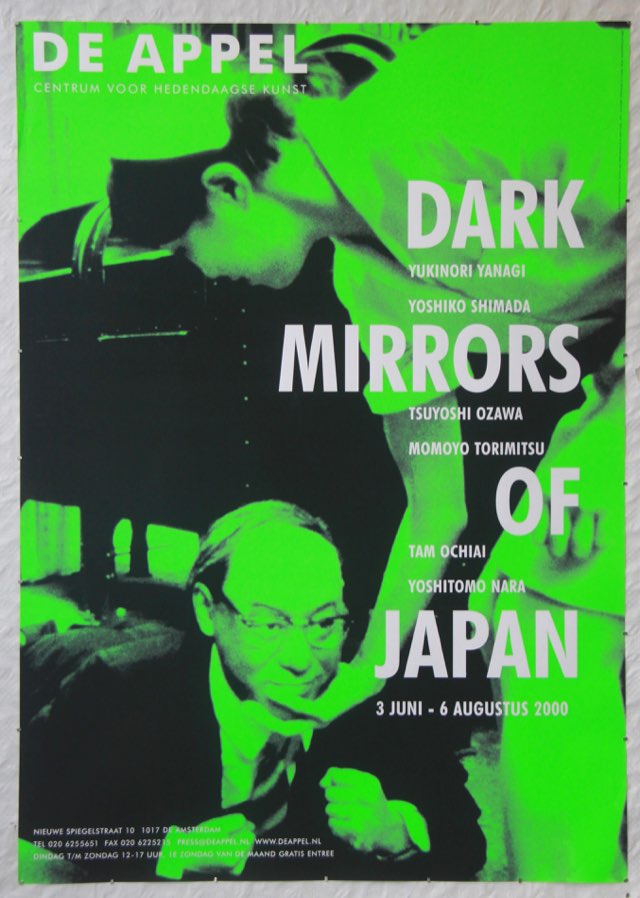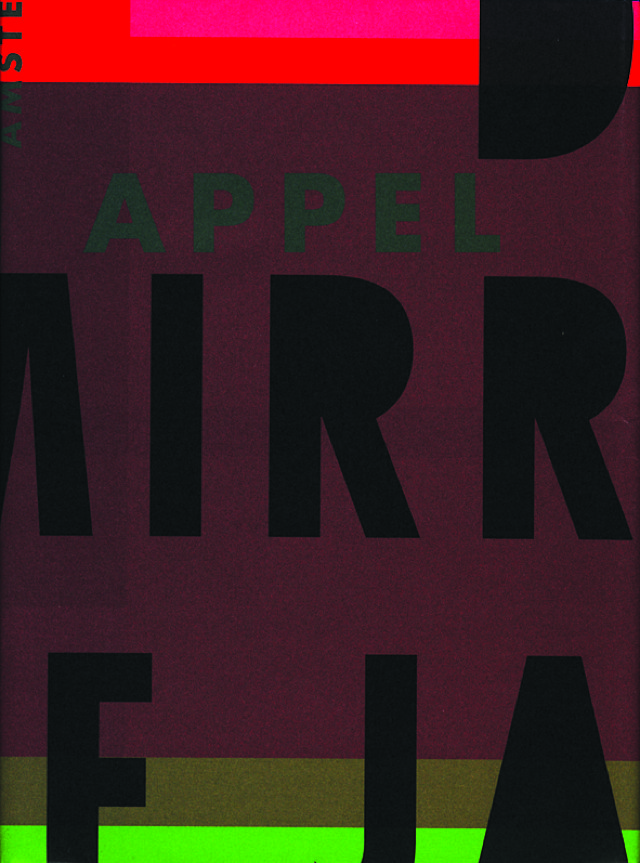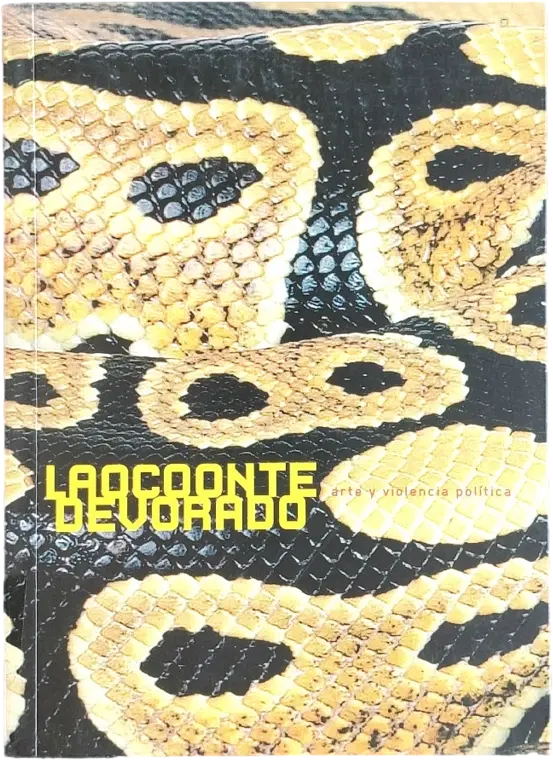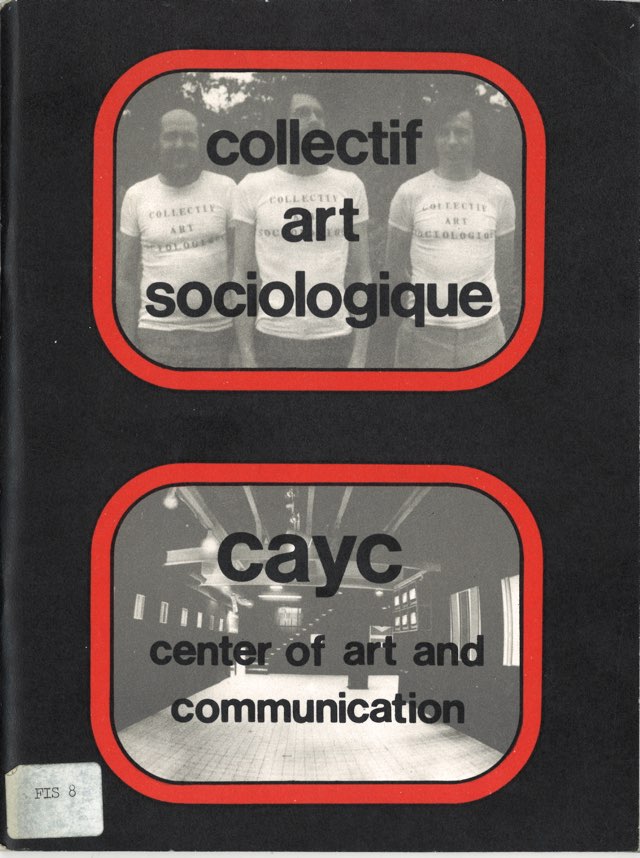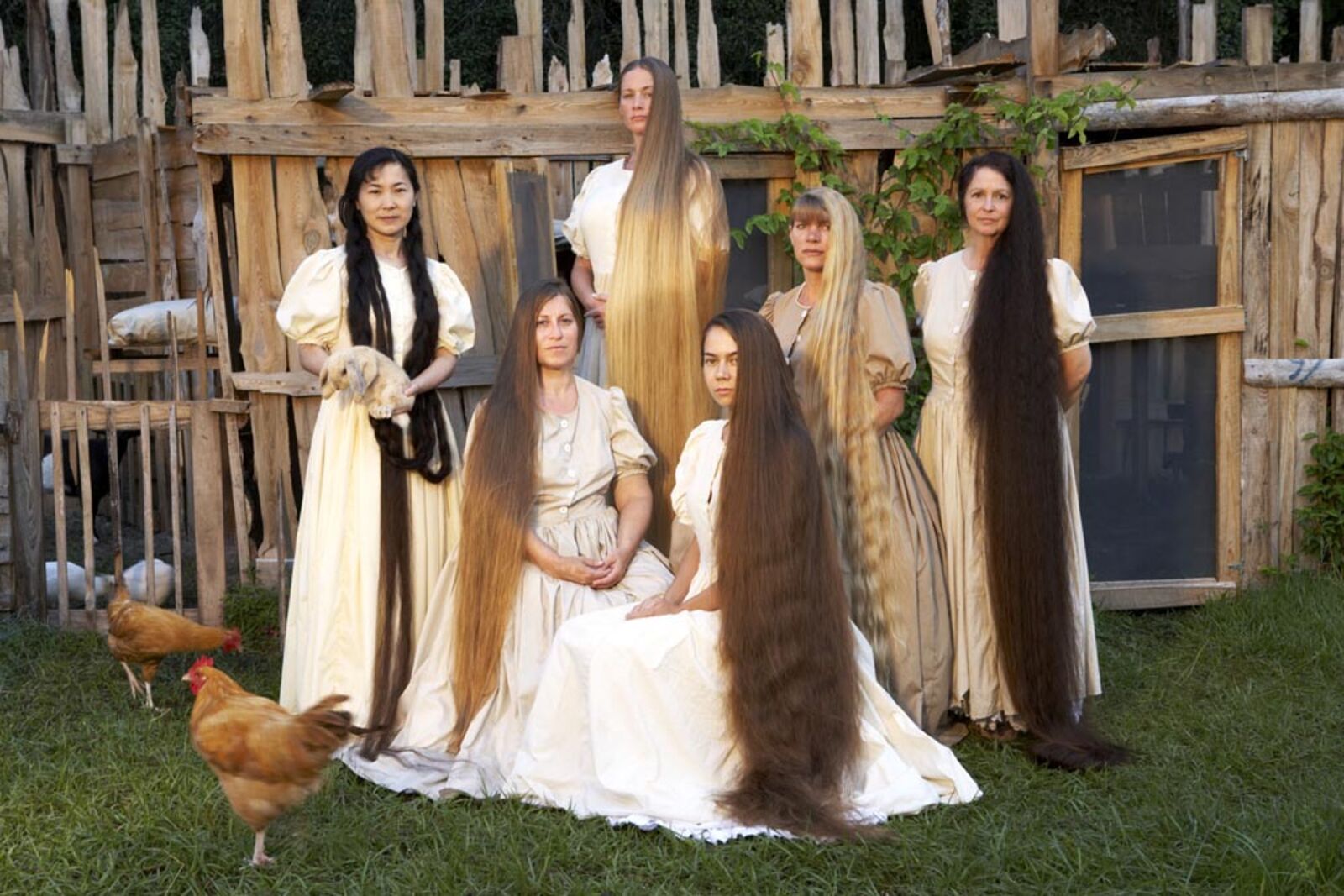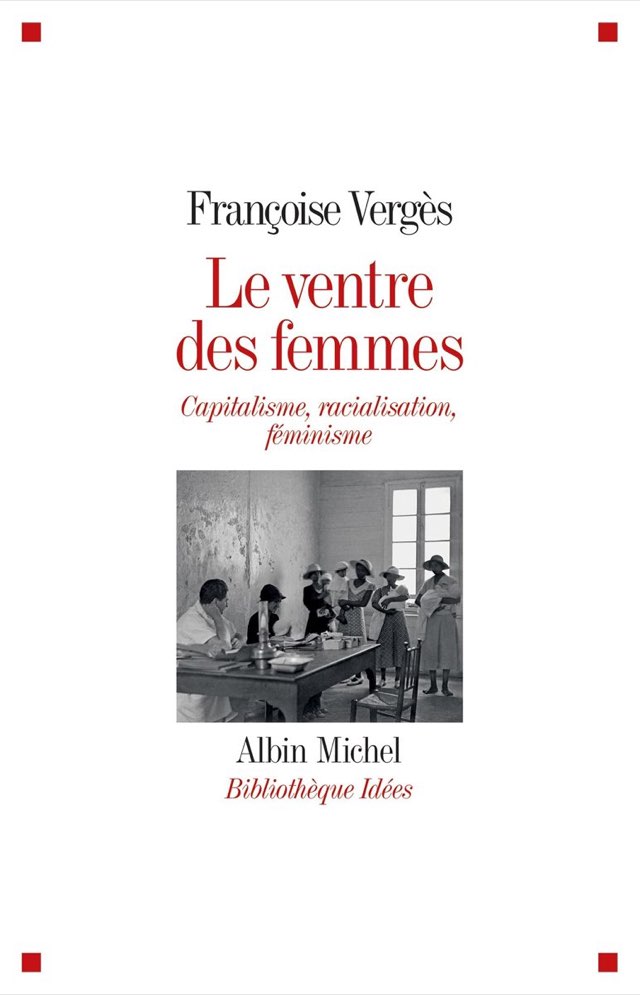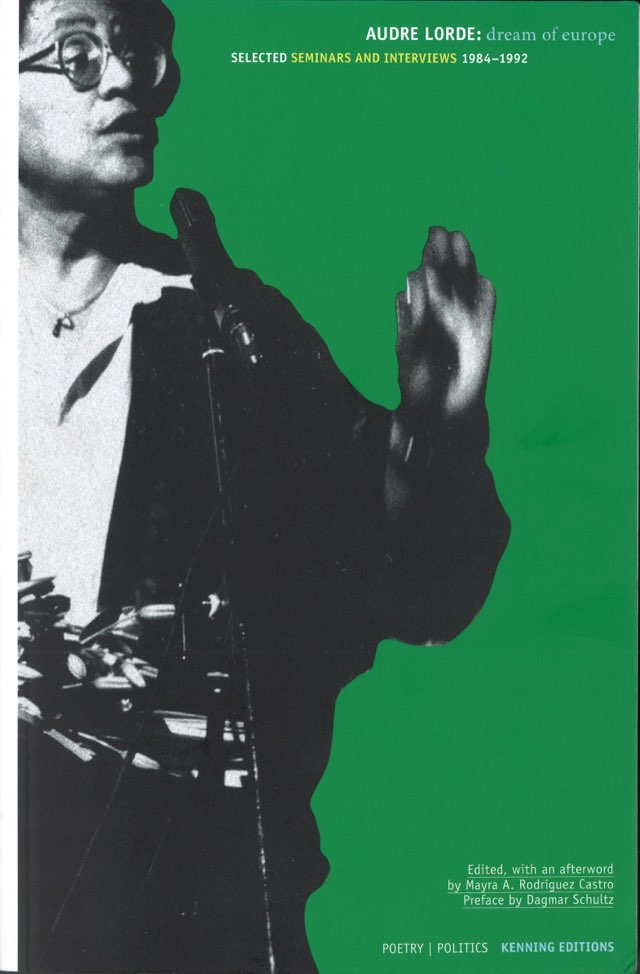Dark Mirrors of Japan
de Appel, Nieuwe Spiegelstraat 10, Amsterdam
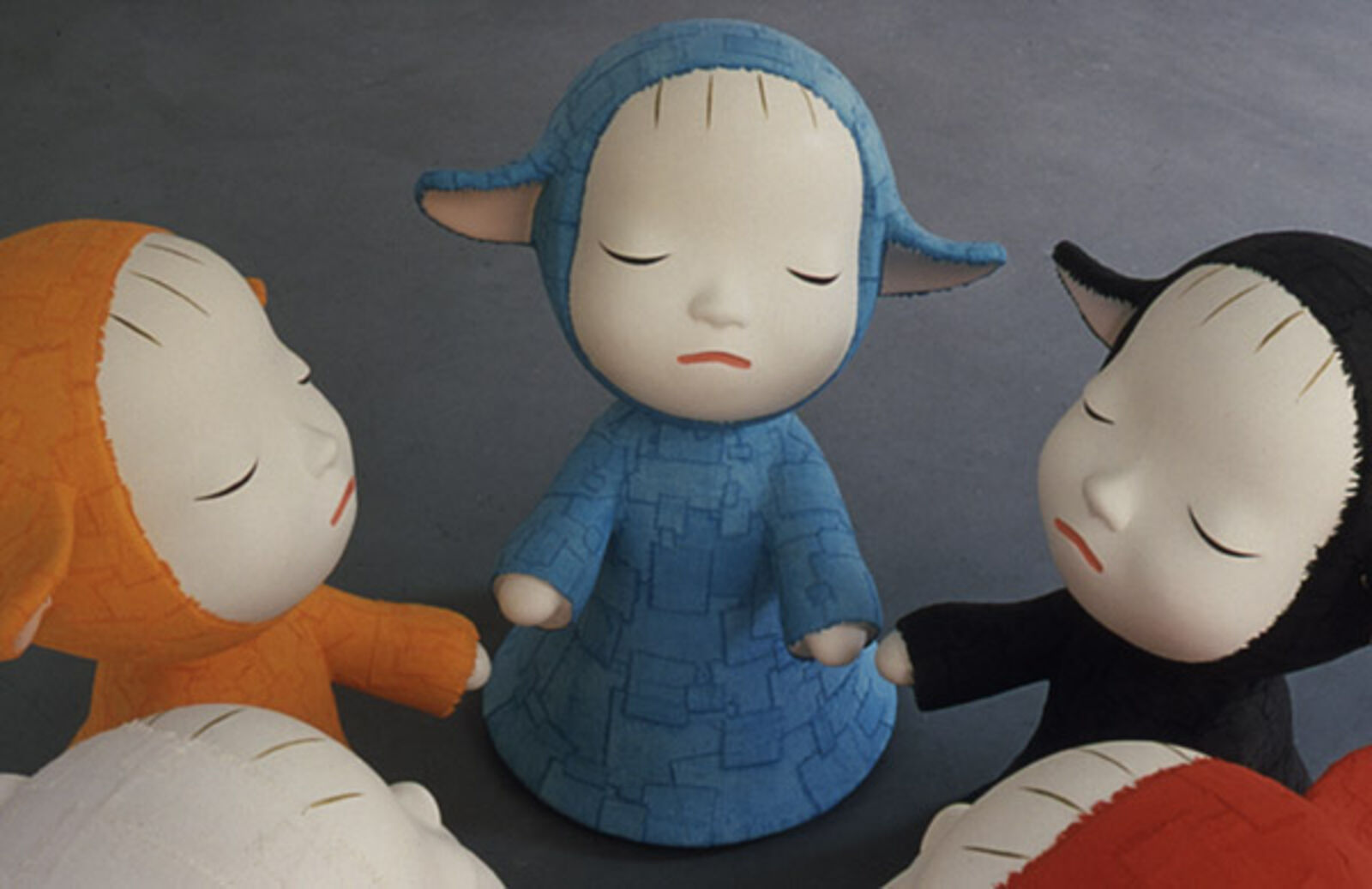
© Ernst Moritz, Den Haag / The Hague
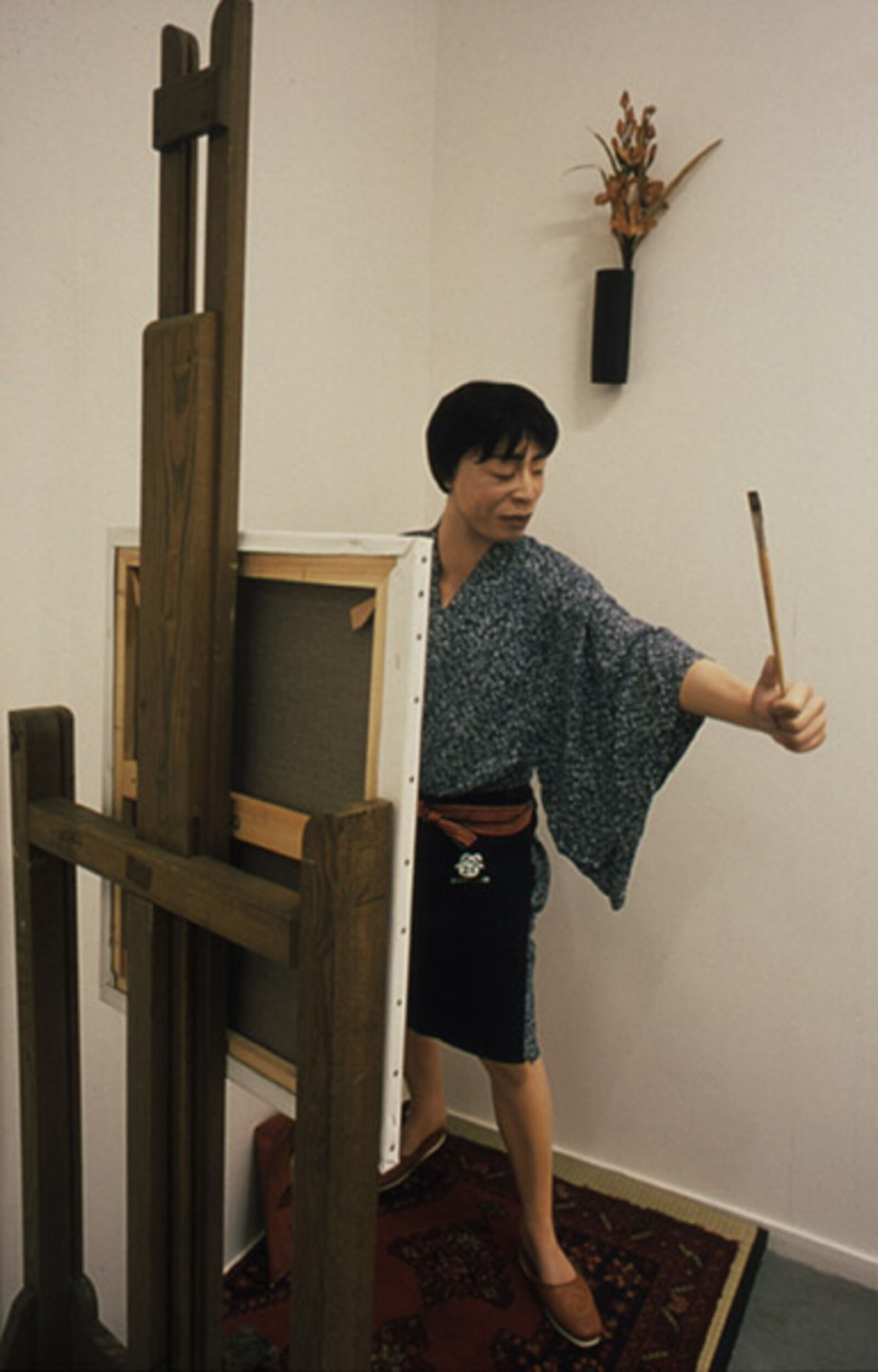
© Ernst Moritz, Den Haag / The Hague
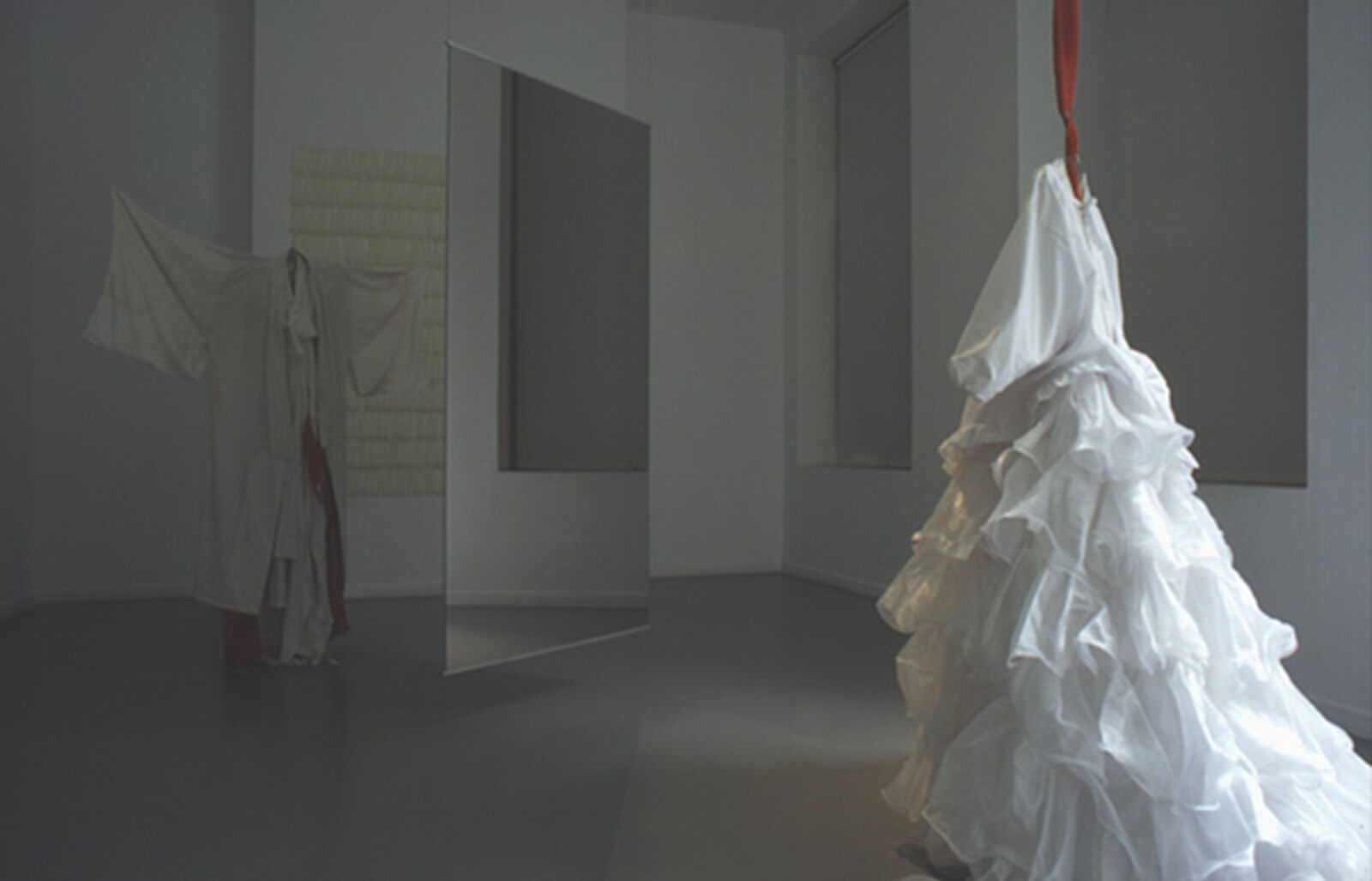
© Ernst Moritz, Den Haag / The Hague
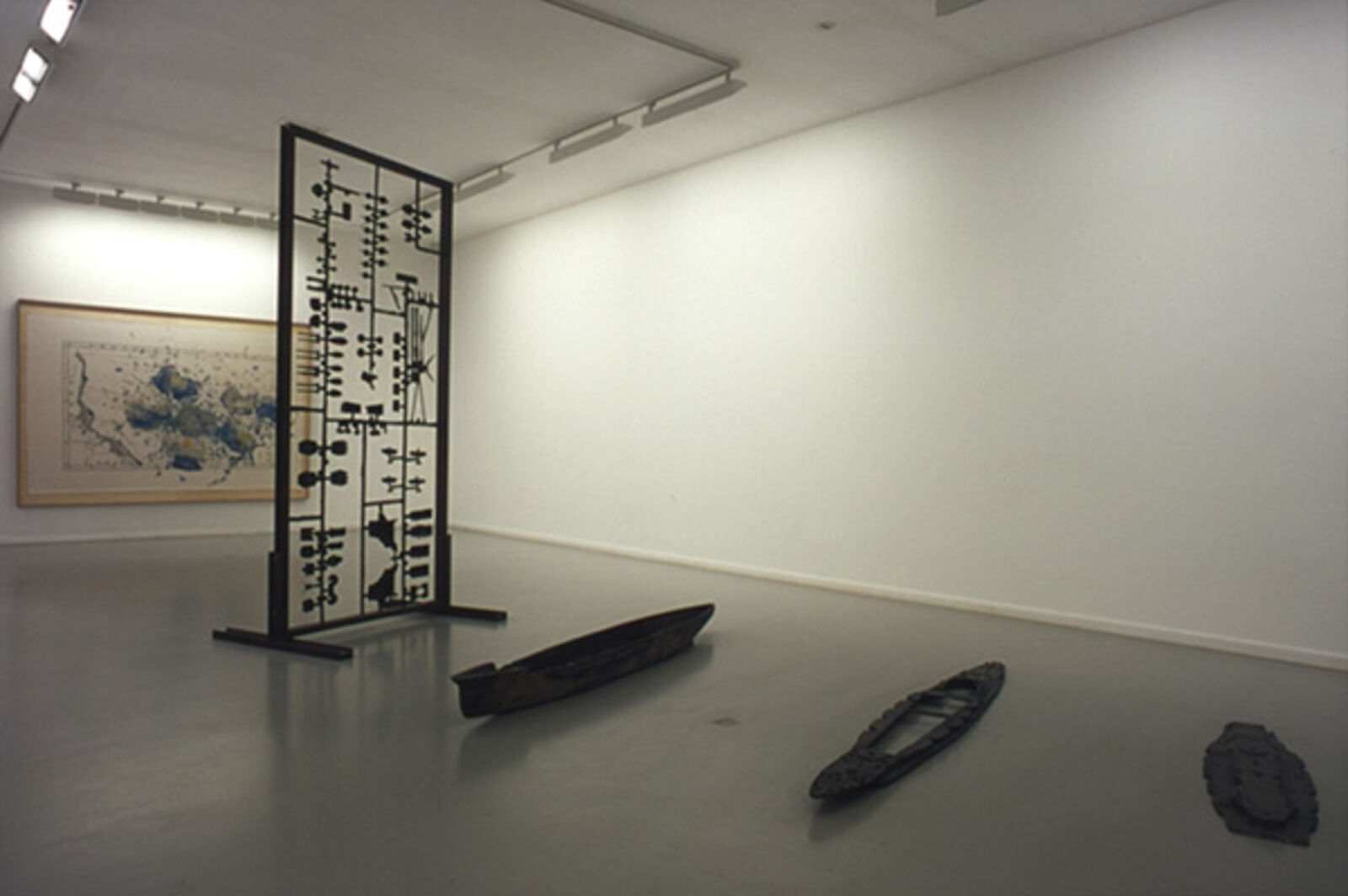
© Ernst Moritz, Den Haag / The Hague
‘The artists invited to participate in Dark Mirrors of Japan represent several different generations, but all of them regard the land of their birth with a critical eye. The exhibited works reveal a certain political commitment, sarcasm and humor and present a complex picture of Japan, both past and present. The impetus for the exhibition was the celebration of 400 years of relations between the Netherlands and Japan. Yukinori Yanagi and Yoshiko Shimada, both born in 1959, are quite different from the artists of the younger generation. The work of these artists reveals a strong political commitment and often contains references to Japan's war years. Yukinori Yanagi is fascinated by the rusted wrecks of war ships that have been discovered on the ocean floor. The bronze work Pacific k100B consists of models of several ships that were active in the war in the Pacific. The focus of Yoshiko Shimada's work is a dark period from Japanese history that many would sooner forget. White Horse/Black Horse refers to the so-called 'comfort women', the Korean and Dutch women who were abused by Japanese servicemen during the Second World War. The work of Yoshitomo Nara (also born in 1959) is a bridge to the younger generation of artists who have discovered a new form of Pop art. Nara uses cartoons, but beneath his drawings of sweet-looking children there is a forbidding undertone. Take a good look and you may see a razor-sharp knife in their hands or a devilish look in their eyes. The younger generation of artists, among them Tsuyoshi Ozawa, Momoyo Torimitsu en Tam Ochiai, aim more at the Japan of today. Momoyo Torimitsu made a name for herself with her performance with Jiro Miyata, the human robot, a 'salary man'. Torimitsu had this doll crawl along the sidewalks of Wall Street, while she (dressed as a nurse) offered him assistance. The performance is also being performed in Amsterdam, especially for Dark Mirrors of Japan. Tsuyoshi Ozawa uses kitsch as a means of entering into conversation with his audience. His Soy Sauce Museum is set up as a museum of history. The works, which tell of the life and work of many Japanese artists, are all executed in soy sauce, the quintessential Japanese national product. Tam Ochiai combines logos from the commercial world with references to art history. Ochiai's fascination with Warhol is apparent in his video Death Film, a collage of death scenes from a series of film classics. In Dark Mirrors of Japan, the political commitment of the older generation joins the mostly light-hearted commentary on modern Japanese society of the younger artists. The many-sided picture that emerges is typical of contemporary Japanese art.’ (Press release De Appel) Catalogue: Dark Mirrors of Japan, 2000. Yoshitomo Nara, Tam Ochiai, Tsuyoshi Ozawa, Yoshiko Shimada, Momoyo Torimitsu and Yukinori Yanagi. Text: Saskia Bos, Michael Darling, Yukie Kamiya, Michiko Kasahara and Bert Winther-Tamaki. Dutch & English. 92 pp., f.c., 15 x 21 cm. Paperback with American dust jacket. Design: Irma Boom. ISBN 90 73501 50 4. SOLD OUT
